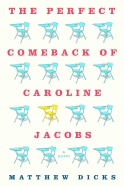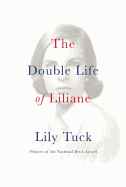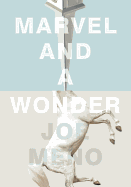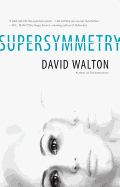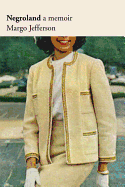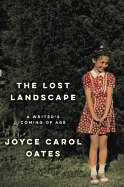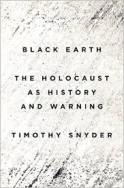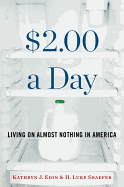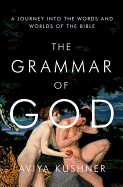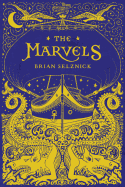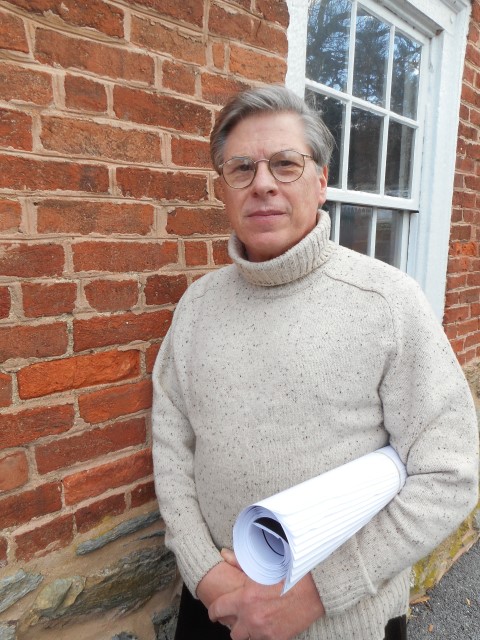 Charles Belfoure is the author of The Paris Architect (Sourcebooks Landmark, 2013) and several architectural histories. His second novel, House of Thieves (Sourcebooks Landmark, $25.99, September 15, 2015), is set in Gilded Age New York and tells the story of a wealthy architect blackmailed into using his architectural knowledge to help a gang of criminals steal from the wealthiest families in the city. Belfoure practices historic preservation as an architect and consultant, and lives in Westminster, Md.
Charles Belfoure is the author of The Paris Architect (Sourcebooks Landmark, 2013) and several architectural histories. His second novel, House of Thieves (Sourcebooks Landmark, $25.99, September 15, 2015), is set in Gilded Age New York and tells the story of a wealthy architect blackmailed into using his architectural knowledge to help a gang of criminals steal from the wealthiest families in the city. Belfoure practices historic preservation as an architect and consultant, and lives in Westminster, Md.
House of Thieves is a complex novel with many overlapping story lines. How would you summarize it?
To pay off his son's gambling debts, John Cross, a society architect in 1886 New York, is forced to join a criminal gang and plan robberies of the buildings he's designed. If he doesn't, his son will be killed. The most exciting thing about it, though, is really the double lives that the characters lead.
John Cross isn't the only one with a double life--the other members of his family find their own secret ways to act out against the strict moral code of the upper classes in late 19th-century New York.
That was really the big concept behind the novel. These characters are dissatisfied with their society lives and the rules they have to follow, so they find it very liberating and exhilarating to be part of a secret world.
Even the character of Kent, who holds John Cross to these robberies against his well, lives a double life. He could be an upstanding and wealthy gentleman, engaged in some kind of business, but he enjoys the thrill of being a criminal. So he lives in a place like the Dakota, and has a respectable wife and children, and serves on boards in the city, but still chooses a life of crime and killing people.
Cross is forced into criminal activity in order to protect his family, but there are times when he comes to enjoy his newfound hobby.
Yes, he very much enjoys the criminal life at times.
The idea came from this actual historical figure named George Leslie. He was a guy from a wealthy Midwestern family who came to New York supposedly to practice as an architect, though there's not much proof for that. Regardless, he made a choice to give up a legitimate lifestyle to become a criminal planning bank robberies. It was far more lucrative for him. He was a real figure; he died in 1878 when he was murdered.
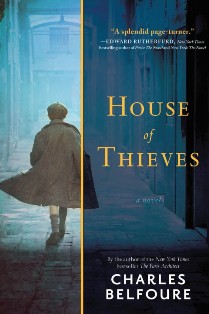 So was he the inspiration for John Cross or for Kent?
So was he the inspiration for John Cross or for Kent?
A little bit of both, actually. I wanted to create a main character who was forced to go into this lifestyle, because he would do anything to prevent his son from being murdered. So I put a twist on Leslie to create Cross. But at the same time, I borrowed again from George Leslie to create Kent as someone who comes from a good background but enjoys a life of killing and robbing.
Also, when I was younger, I took on a job to do a home addition on the house of the head of the New England Mafia. After I got the job, I found out who this guy was and I couldn't exactly walk away. I really liked the guy and got along with him, but then two weeks after the project was finished, he was killed by his own crew.
So, on a personal level, it was interesting to fantasize about that kind of world. These guys in the criminal world, like Kent, get whatever they want through the use of force.
Did you come across George Leslie before you decided to write about this period or after you'd started researching?
When I research a book, I always start by getting used books on a subject that I mark up and highlight and use to find interesting information. So I stumbled onto this guy in one of the books I had on the Gilded Age in a section on criminals, and it just fascinated me.
Your first novel, The Paris Architect, was set in World War II Paris. House of Thieves moves to late 19th-century New York. What drew you to this place and time?
I've always really liked the architecture of that time period in New York City, and I was always fascinated by the Gilded Age. Also, there was such a contrast between the wealthy of New York City and the incredibly poor people of the time. The poverty of the time is almost unimaginable today.
What were you most surprised to discover in your research?
We complain about poverty and homelessness today, but the level of poverty in that time period was absolutely staggering. There was no safety net: no welfare system, no unemployment, nothing like that. There were tens of thousands of homeless children running the streets of New York, basically like wild cats. And no one really cared. There were a few charitable organizations trying to help, but beyond that, no one really gave a damn about them. Today we're very sensitive to the needs of the poor, but in those days, that kind of compassion didn't exist.
The protagonists in both of your novels undergo huge transformations, but in opposite directions--Lucien, in The Paris Architect, starts doing the right thing for the wrong reasons, while John Cross in House of Thieves does the wrong thing for the right reasons.
In The Paris Architect, Lucien starts building hiding places for Jews solely because he's broke, it's wartime, and he needs food. He's basically anti-Semitic and only really cares about what happens to himself. And so when I started writing that novel, I wanted him to transform into someone with more of a sense of humanity about what he was doing.
Then, in House of Thieves, I wanted someone who was forced to do something evil, but then they transformed into a person who actually enjoyed doing it, so that over time, they're no longer forced into it but find the activity exhilarating and exciting.
Those were the two character transformations I'd thought about and had in place when I started writing both books.
What are you working on now?
I'm actually researching a third book, set in England in 1905. Edwardian England has always interested me and I sort of fell accidentally into this world of British music and variety halls. They built these big huge theaters in London and outside of London that were almost like palaces, and those really interested me.
What happens as I do my research is that it gives me ideas for plot development and characters, so I try to do all my research up front. That's where I am now, and then I'll just start writing. --Kerry McHugh, blogger at Entomology of a Bookworm
Charles Belfoure: An Architectural Approach to Historical Fiction
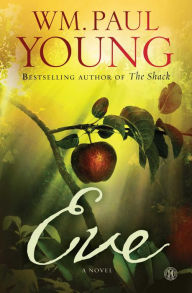 Young likes to sprinkle explosives throughout his books. In The Shack, God is portrayed as a black woman; in his new novel, Eve also is black. Young says he's "always toying with assumptions and paradigms, attempting to break down all the barriers and divisions that we have constructed to separate ourselves one from the other. I am Mackenzie in The Shack, and need a much bigger God than the one of my own traditions. In Eve, I am dealing with our human roots and there should be no surprise that she is African." He refers to the Holy Spirit as "Her": "Throughout the Hebrew Scriptures, Ruach (the Spirit of God) is in the feminine gender, as well as pronouns referring to her. This begins in verse two of Genesis 1."
Young likes to sprinkle explosives throughout his books. In The Shack, God is portrayed as a black woman; in his new novel, Eve also is black. Young says he's "always toying with assumptions and paradigms, attempting to break down all the barriers and divisions that we have constructed to separate ourselves one from the other. I am Mackenzie in The Shack, and need a much bigger God than the one of my own traditions. In Eve, I am dealing with our human roots and there should be no surprise that she is African." He refers to the Holy Spirit as "Her": "Throughout the Hebrew Scriptures, Ruach (the Spirit of God) is in the feminine gender, as well as pronouns referring to her. This begins in verse two of Genesis 1."



 So was he the inspiration for John Cross or for Kent?
So was he the inspiration for John Cross or for Kent?